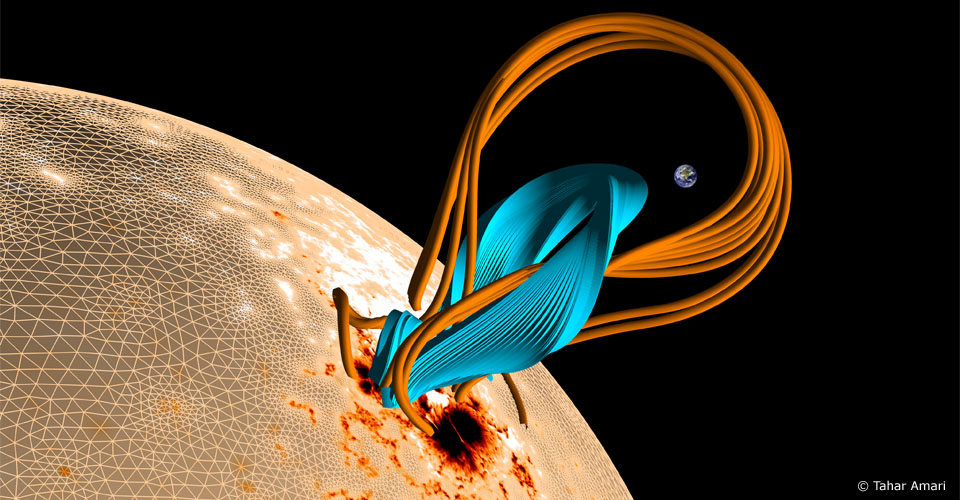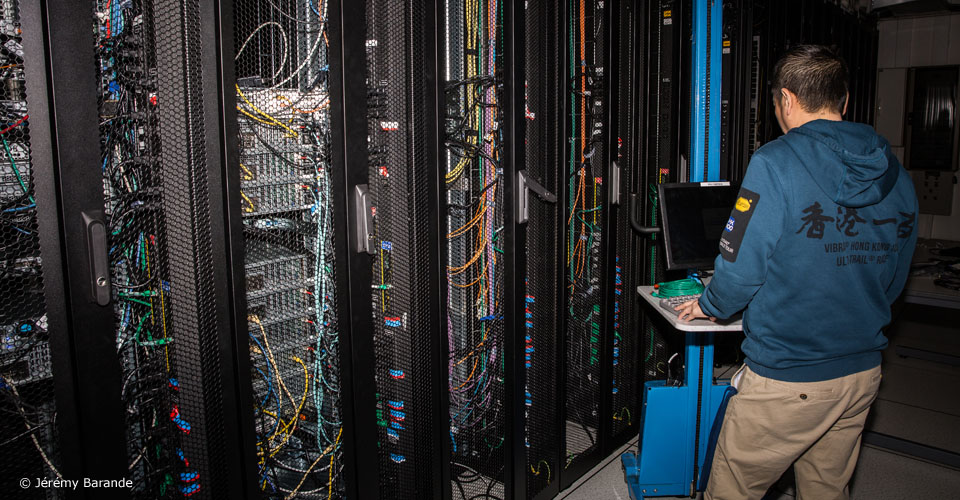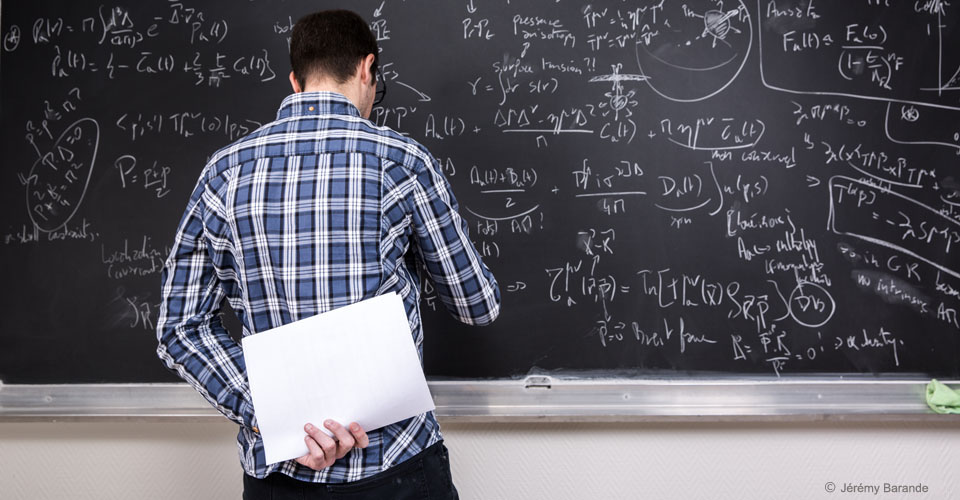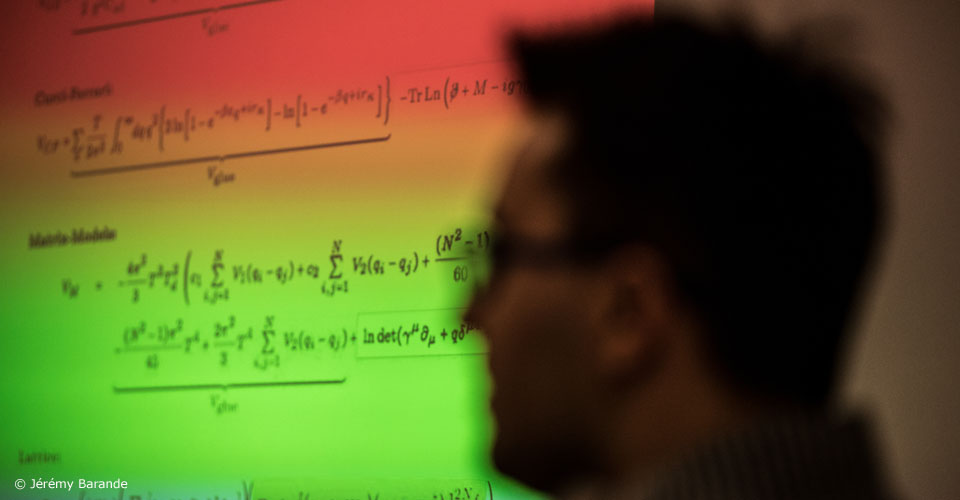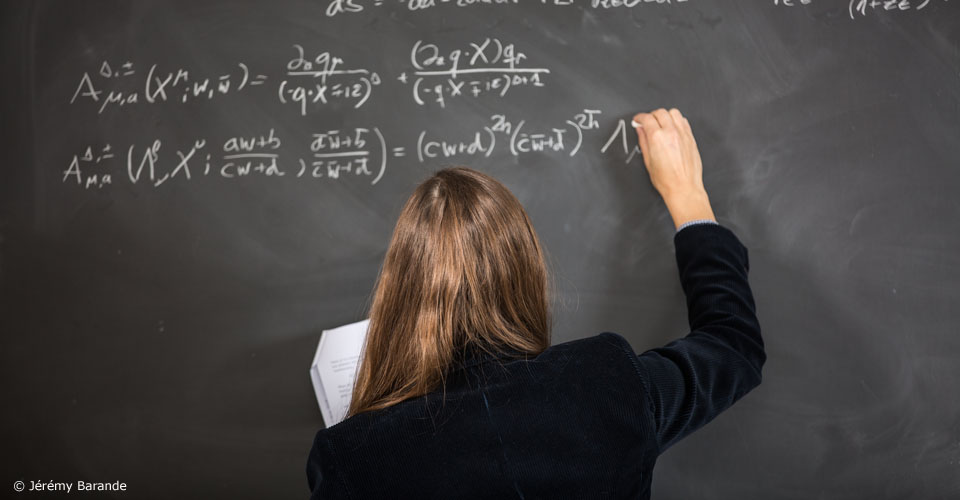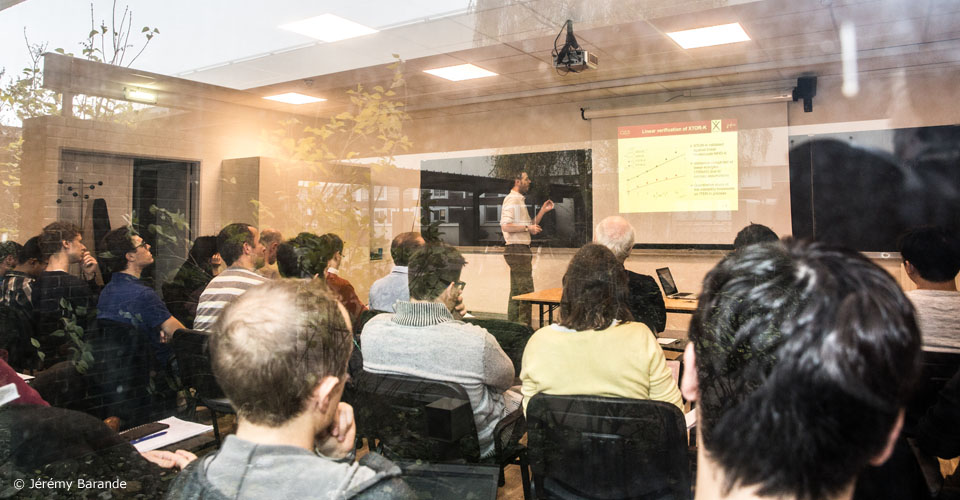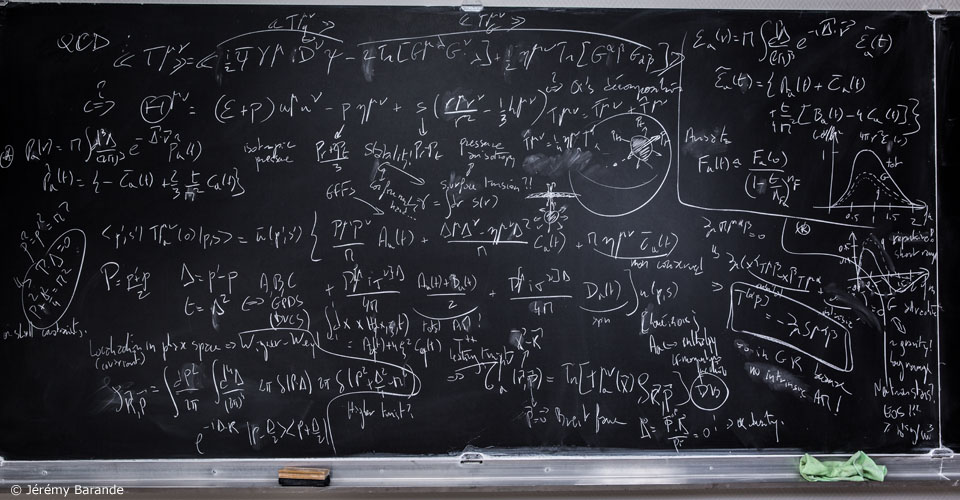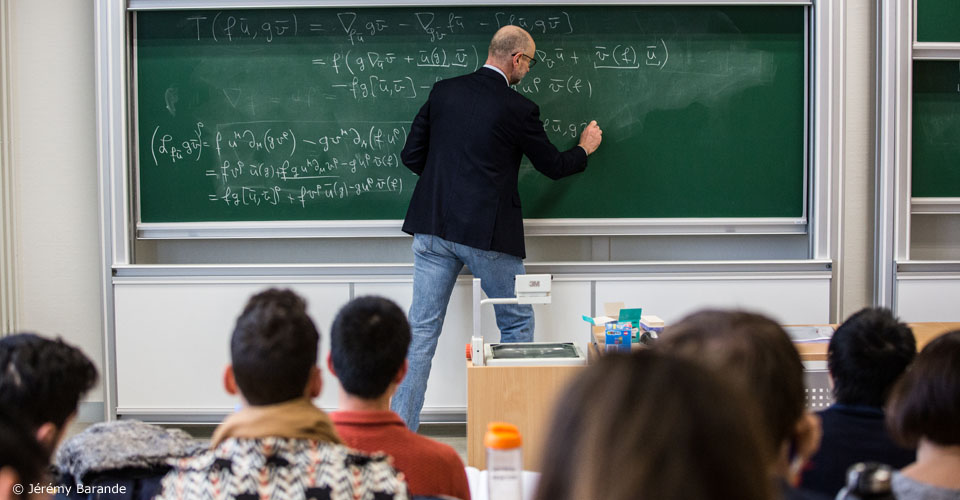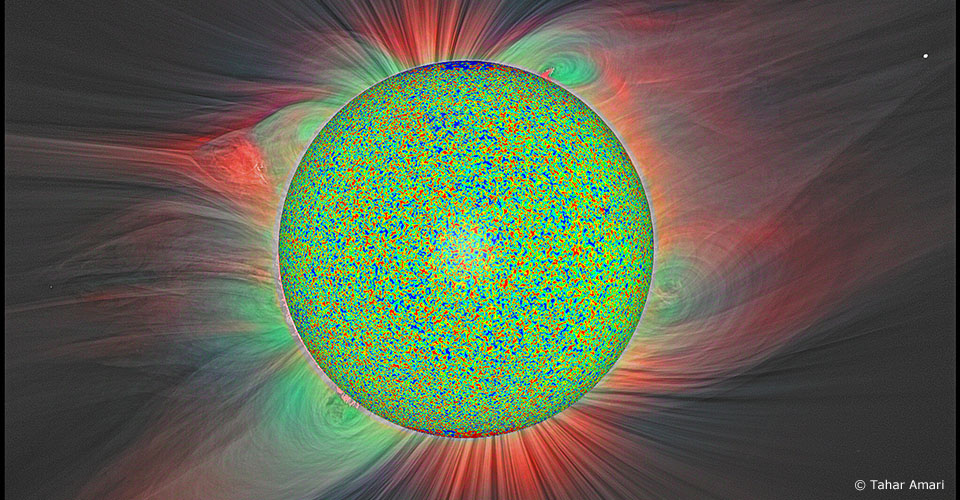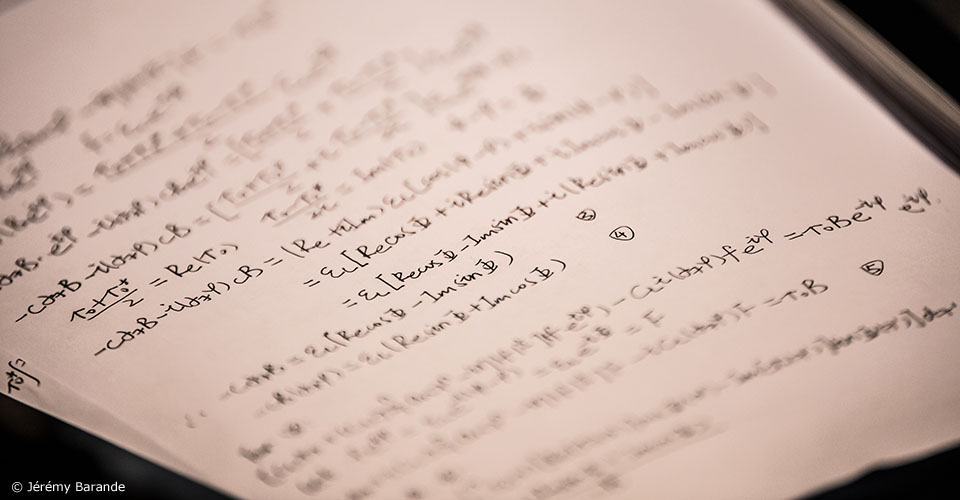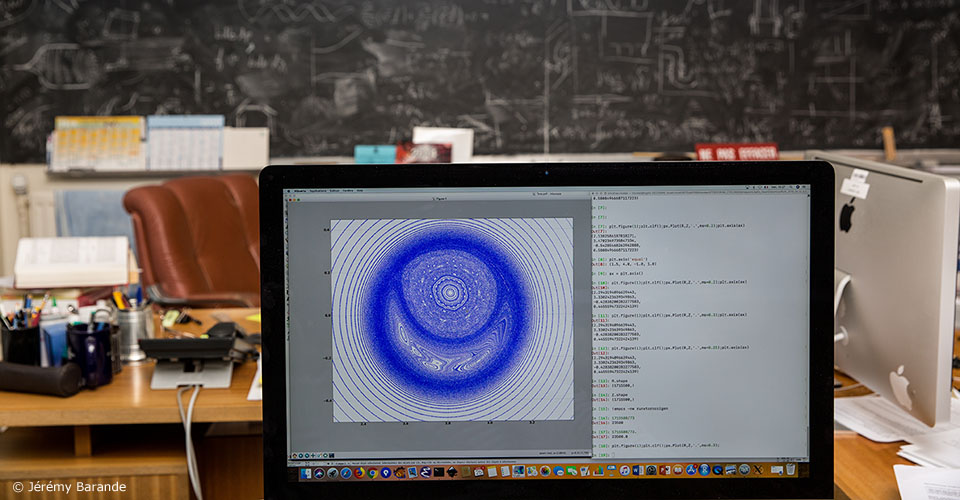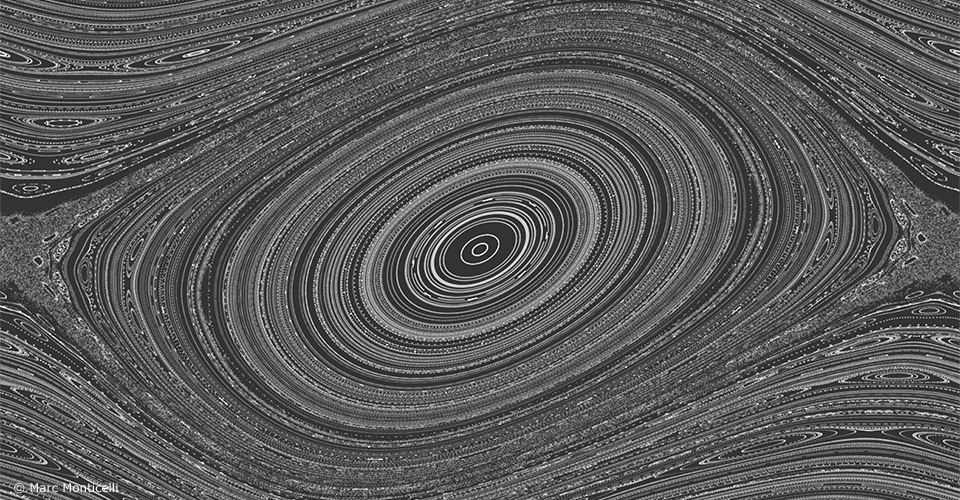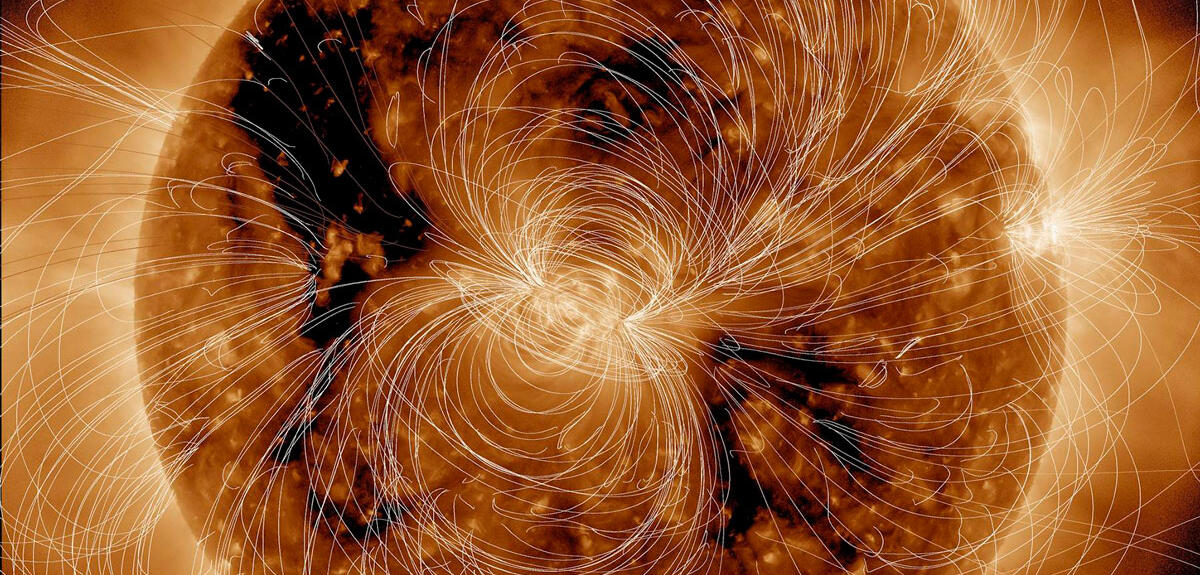CPHT Young Researcher Seminar
The CPHT Young Researchers Seminar will be held on
Thursday, December at 14h in room Louis Michel.
We will have the pleasure of listening to Anna Ritz-Zwilling, a new post-doc in the condensed matter group enlighten us about Topological order in two dimensions at finite temperature and then our local star Thomas Pochart will present The conformal bootstrap: A tale of fantastic hopes and results.
The seminar will be followed by a high tea.

